Southern Africa Droughts Jeopardize Food for Millions
Though El Nino has peaked, its effects linger across the continent
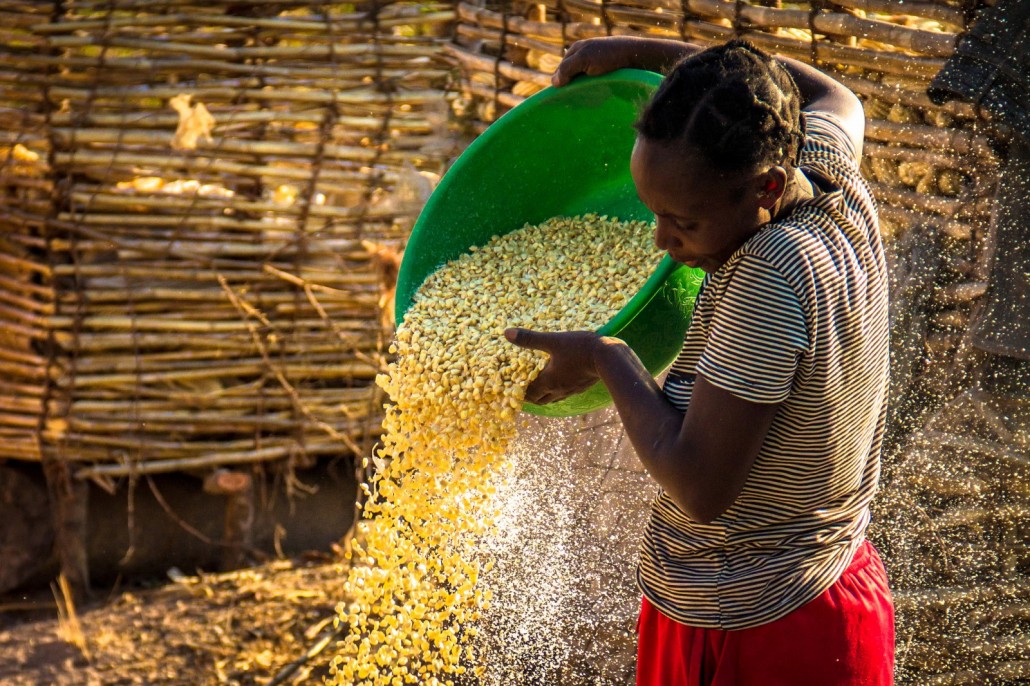
Photo by Alex Berger via Flickr Creative Commons El Nino-linked droughts have destroyed harvests across southern Africa, placing more pressure on regional corn exporters like Zambia and South Africa.
By Codi Kozacek, Circle of Blue
Millions of people are at risk of food shortages and need emergency assistance in southern Africa, while 1 million children in southern and eastern Africa are suffering severe malnutrition, according to the United Nations and international aid agencies. El Nino, the global weather pattern that disrupts rainfall around the world, triggered severe droughts during the region’s key growing periods that resulted in meager harvests and poor pasture for livestock.
One of the strongest El Nino’s on record, fueled by warm ocean waters, began in early 2015 and strengthened through the end of the year. The cooling of the tropical Pacific Ocean over the past month indicates that the disruptive weather pattern has peaked, and meteorological agencies expect conditions in the Pacific to return to normal around June. But the effects of El Nino, including the devastating droughts across southern Africa, will persist, and parched countries could receive little precipitation until the middle of this year.
Without rain, many communities must rely on exceptionally low food reserves or even food aid to sustain themselves through the lean season. Currently, 2.5 million people in Lesotho, Madagascar, Malawi, Mozambique, and Zimbabwe are in crisis stages of food insecurity, according to the Famine Early Warning Systems Network (FEWSNET), a project of the United States Agency for International Development. Dry and hot conditions are expected to continue in the region through much of the year.
“The combination of a poor 2014-2015 season, an extremely dry early season (October to December) and forecasts for continuing hot and drier-than-average conditions through mid-2016, suggest a scenario of extensive, regional-scale crop failure,” said a joint statement released February 12 by the United Nations, FEWSNET, and the European Commission.
“Over the coming year, humanitarian partners should prepare themselves for food insecurity levels and food insecure population numbers in southern Africa to be at their highest levels since the 2002-2003 food crisis,” the statement added.
The Worst Droughts In Decades
Across much of southern Africa, the droughts are the worst in more than three decades. Seasonal rains have been delayed by as much as 50 days, giving farmers little time to plant crops for upcoming harvests. Rainfall totals are less than 60 percent of average in many areas of Botswana, Lesotho, Mozambique, South Africa, and Zimbabwe. Drought emergencies have been declared in Lesotho, South Africa, and Zimbabwe.
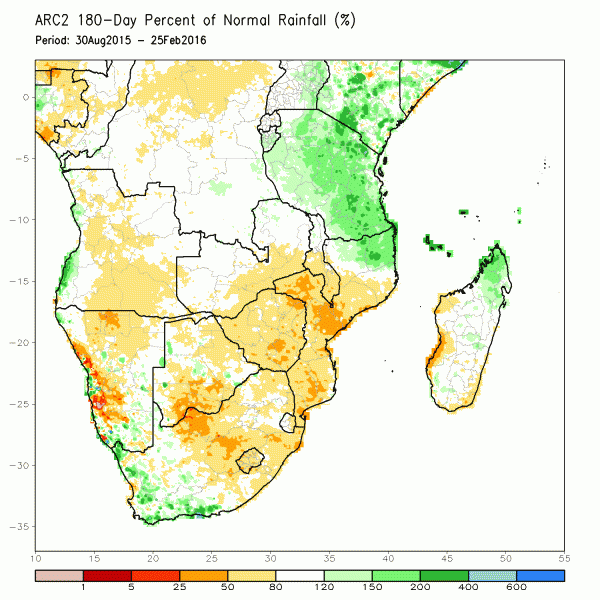
Southern Africa drought rainfall agriculture food security hunger
Image by National Weather Service / NOAA
Rainfall totals are less than 60 percent of average in many areas of Botswana, Lesotho, Mozambique, South Africa, and Zimbabwe.
As a result, corn crops are expected to fail or perform poorly across the region. South Africa’s forthcoming corn harvest is forecast to be a third less than the country’s five-year average. In addition, the region’s cereal production dropped by nearly a quarter last year.
The drought is causing the entire food system to break down. As harvests dry up, farmers are unable to provide subsistence food for their families and are also unable to sell their crops to gain income to buy food at market. Similarly, more herders are trying to sell their livestock because there is no pasture to sustain them. But the animals, already low-weight because of scarce food and water supplies, are fetching less money as markets become oversupplied. Farm workers who do not own livestock or crops are also struggling under drought conditions. With dismal harvests, there is little work to be found, and farm owners are cutting hours for workers in countries like South Africa.
Food Prices Rise
At the same time, food prices are rising steeply in many places because of crop failures, declining supplies of corn, and the growing need for food imports.
This year, southern Africa is expected to register a corn supply deficit between 500,000 and 600,000 metric tons. That is a big turnaround for a region that typically has an annual surplus of corn of about 3 million metric tons, and it is putting extra pressure on regional corn exporters like South Africa and Zambia. As excess corn stocks decline in those countries, corn importers, like Malawi and Zimbabwe, are forecast to experience the most severe corn shortages this year.
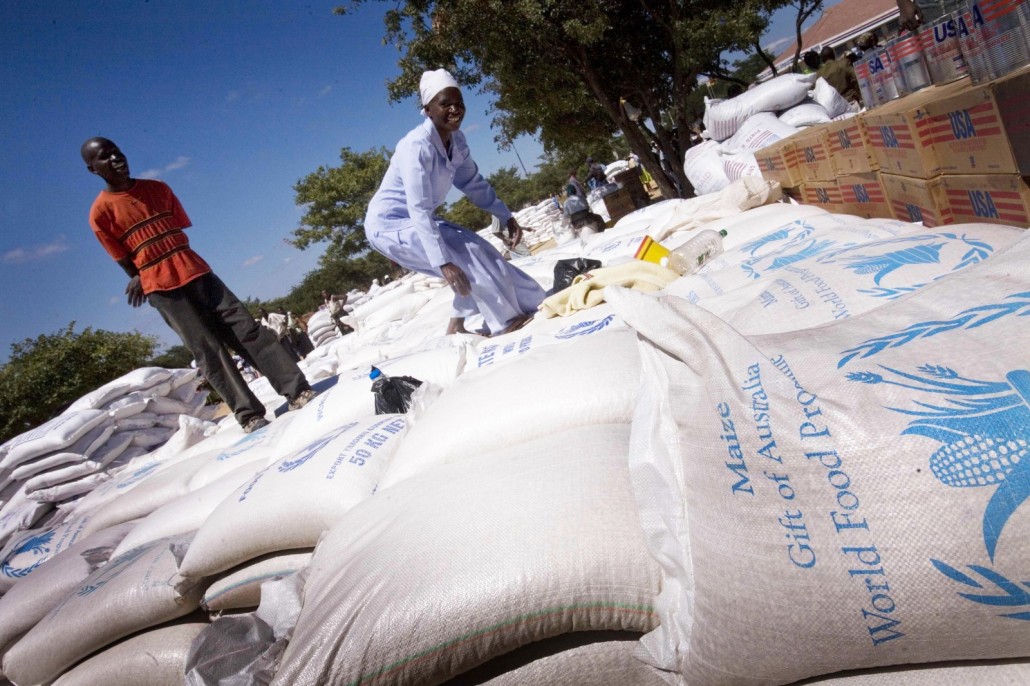
South Africa drought agriculture food security hunger corn Photo by Kate Holt / AusAID via Flickr Creative Commons Currently, 2.5 million people in Lesotho, Madagascar, Malawi, Mozambique, and Zimbabwe are in crisis stages of food insecurity, according to the Famine Early Warning Systems Network.
With supplies pressured by drought and high demand, prices for corn reached record highs in both Malawi and South Africa this January. Last October, corn prices in South Africa were more than 40 percent above average levels, while in Malawi they were more than 60 percent above average, according to FEWSNET. Prices in the southern Africa region as a whole are expected to remain above average and will likely increase through March.
The increases come even as global food prices have dropped significantly from the record high levels seen in the first part of the decade. The U.N. Food and Agriculture Organization’s Food Price Index, which tracks the prices of global food commodities, was at 150.4 points in January, 34 percent below its average level in 2011, the highest year on record. The index is the lowest it has been since 2006.
A news correspondent for Circle of Blue based out of Hawaii. She writes The Stream, Circle of Blue’s daily digest of international water news trends. Her interests include food security, ecology and the Great Lakes.
Contact Codi Kozacek

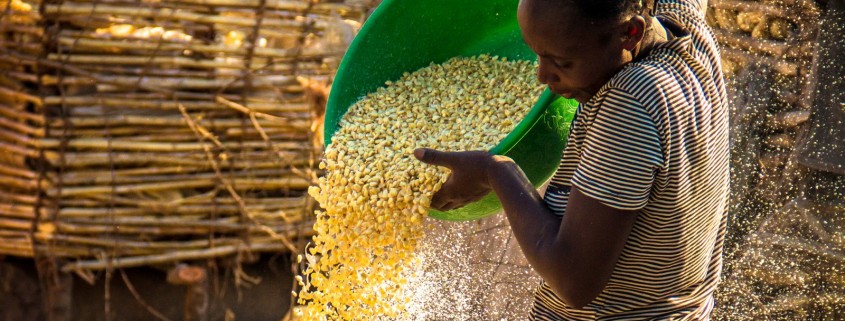


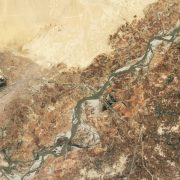

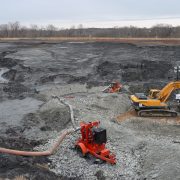






Is Blue Circle blaming the droughts for lack of food in Africa? Interesting, no mention of the forceful evictions and deaths of white farmers from Zimbabwe and South Africa? Rhodesia now Zimbabwe NEVER EVER went without food until the white farmers were evicted from their farms. 1993 was possibly the worst year of all the droughts we have had in Zimbabwe. That year we did not import food as there were white farmers on the land and plenty of food. Same goes with South Africa.(30000 farmers evicted and 3000 killed since 1994) Since the 1600’s South Africa has never imported food until now. Zambia welcomed ex white evicted farmers from Zimbabwe, and for the first time in 40 years have managed to not only grow food for themselves, but are exporting throughout the region. Farmers built dams and irrigated, but when such farms were invaded and occupied by unskilled settlers, the infrastructure has been broken or mismanaged. Granted droughts play a big role in food production, but the major factor is the lack of skilled farmers throughout the region.